Climate Change in the Treasure Valley and Beyond
Overview

In 1942, Bogus Basin Ski Resort opened for the first time and began it’s long career as a cornerstone of Treasure Valley life. For over 75 years, residents of Boise and beyond have climbed the winding road for days of fun and thrills on the slopes. The lights of the resort can be seen across the Treasure Valley, and they are a sure sign that winter has arrived.
But in recent years, those lights have come on for less and less time.

The ski season at Bogus Basin has been getting shorter over the past thirty years. While individual years might have a longer season, the general trend has been a decline in the average length of the ski season and the total snowfall at Bogus Basin. In 1980, you could expect an average ski season to last 120 nights; by 2014, the average season only lasted 85.
This decline is the result of several factors: snow comes later in the year, winter rain is increasingly common, and spring melting begins earlier. But these disruptions all stem from the same root: climate change, not just on a global scale but here in our own backyard. And the effects are being felt down here in the Treasure Valley as well.
The Big Picture
The Earth’s surface temperature is rapidly increasing. The impacts of this sudden change are being felt all over the world, including here in the Pacific Northwest. In recent years, people have experienced increased heat, drought, wildfires, and wildfire smoke (2, Fifth National Climate Assessment).
Temperatures across the Pacific Northwest have increased by 2 degrees Fahrenheit over the past century. Looking to the future, under both high and low emissions scenarios, temperatures will continue to rise, but how much they rise will depend on the actions we take today.
What’s the Cause?
There is broad consensus among climate scientists that human activities, including deforestation, land-use change, and greenhouse gas emissions by combustion of fossil fuels, are directly related to the observed increase in temperatures globally and locally (3). Climatologists around the world also agree that the increase in weather hazards and climate events will continue unless anthropogenic emissions are aggressively reduced in a sustained way (4, Climate Change 2014 Synthesis PDF).
What to Expect
“When we try to pick out anything by itself, we find it hitched to everything else in the Universe.”John Muir
Global climate is composed of countless local climates. As the global average temperature increases, the temperature of local climates may also increase. This will have different impacts in different areas. So what changes can we expect in Idaho?
Based on analysis from NOAA, the overall picture is grim. Warmer winters mean shrinking snowpacks, the main source of Idaho’s water. Warmer summers mean more intense droughts, and more of them more often. In these conditions, it will be more likely that rainfall will trigger mudslides and floods.
Projected Impacts on Current Hazards:
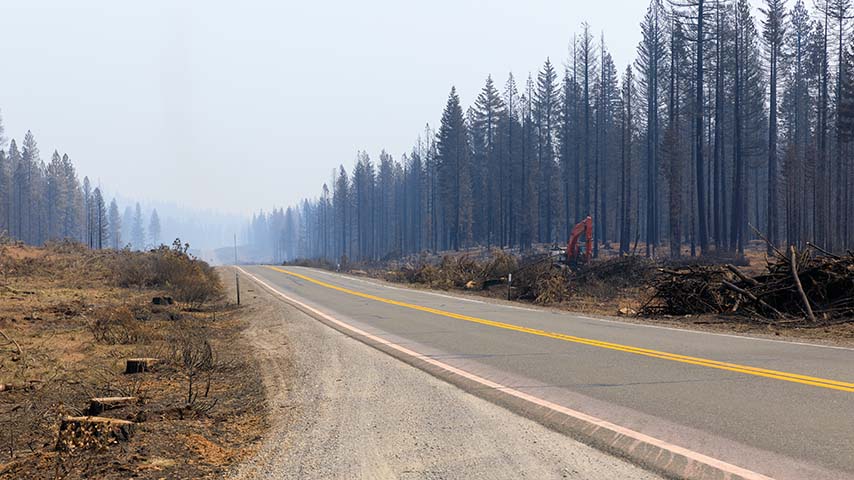
- Wildfires: Wildfire seasons are getting longer and more intense. Longer fire seasons also mean post-fire debris flows could occur more frequently.
- Flooding: In the coming century, spring precipitation is expected to increase across the state, with heavy precipitation events becoming more frequent and increasing the risk for flooding.
- Heat: Hotter and longer heat waves can be expected across the Treasure Valley. Drier conditions across the region increase the risk for dehydration, heat stroke, and death.
- Drought: The intensity and frequency of droughts in the Treasure Valley is expected to increase in the coming century.
- Smoke: A warming atmosphere means more frequent wildfires, which means more smoke pollution. Even if the fire is outside of Idaho, seasonal winds can blow smoke into the Treasure Valley. This results in a drop in air quality, affecting outdoor recreation, local tourism, and public health. High levels of smoke pollution also create an uptick in emergency room visits, placing a burden on hospitals.
Worst-Case Scenario
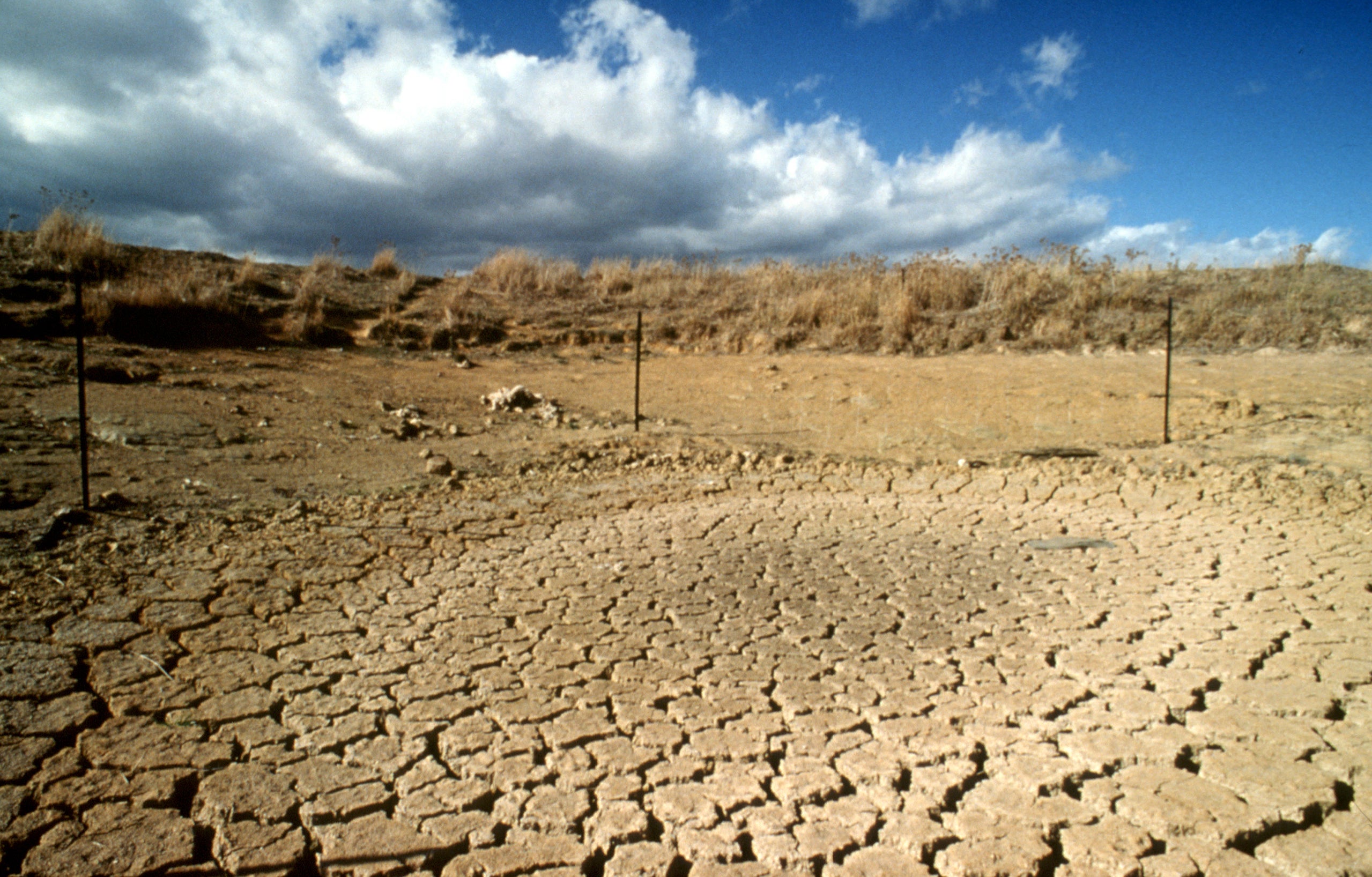
From 2021-2050, climatologists predict that major Idaho watersheds, including the Boise River Valley and the Big Wood Basin, will see higher ambient temperatures and lower soil moisture levels. This will result in increased occurrence of drought conditions, with negative impacts to agricultural output and water security. These conditions will also increase the risk, occurrence, and severity of wildfires, particularly in Southern Idaho.
In summary: Idaho summers will be hotter, drier, and more dangerous than they are already.
What Can We Do?
“It’s the greatest of all mistakes to do nothing because you can only do little – do what you can.”
Sydney Smith
Climate change is a global problem, but everyone can do something to help. Everything we can do now will save lives and lessen the burden for ourselves and others in the future.
Addressing climate change is a two-fold process: we need to stop adding greenhouse gases to the atmosphere, and we need remove the greenhouse gases that we have already put there. While this is a global problem, there are steps you can take as an individual and as part of a community to begin this process:
Individual Changes
The average American household has a carbon footprint of 48 metric tons of greenhouse gases per year. But much of this carbon footprint is concentrated in a few major areas such as food, energy, and transportation. This means that small changes can have big impacts on your personal carbon footprint and help in mitigating climate change.
Food: Most of the greenhouse gases associated with food come from growing and transporting that food. For example, producing 8 oz. of beef results in around 6.6 lbs. of greenhouse gases, while a serving of potatoes only results in 0.03 lbs.
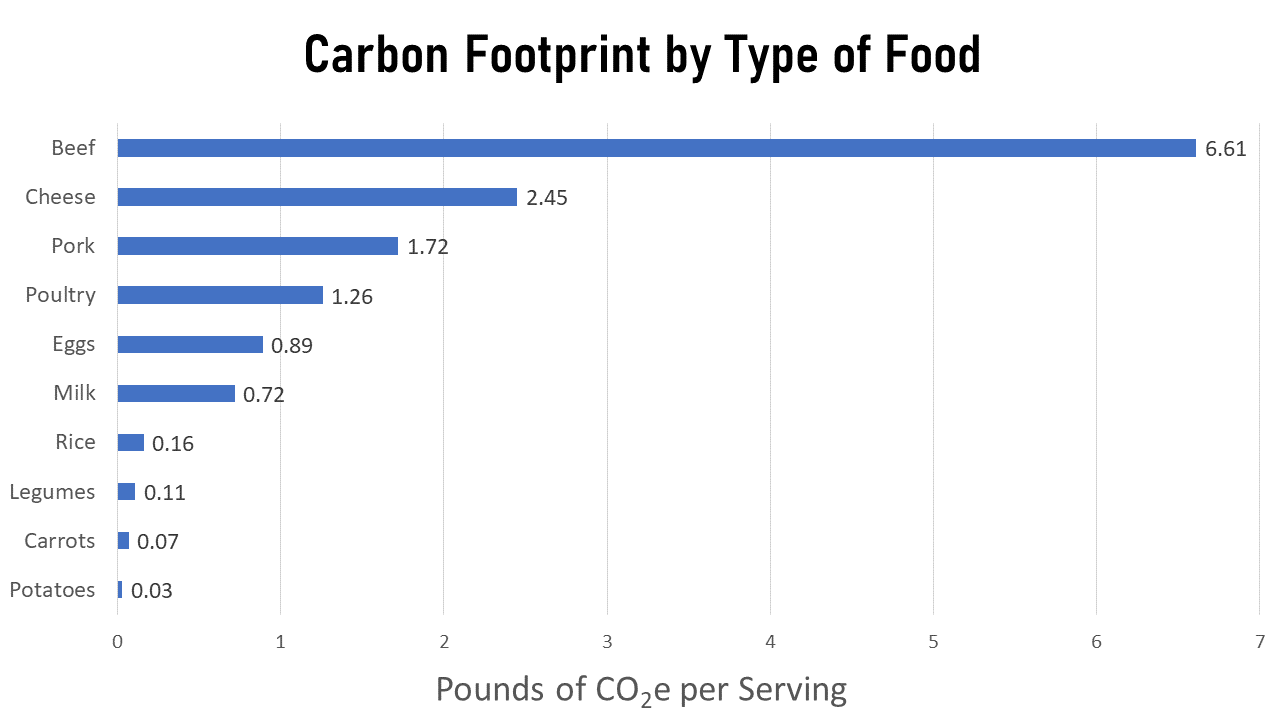
This means that changing what you eat – and how much – can lower your carbon footprint today with minimal effort. Consider the following ways to adapt your shopping and eating habits:
- If you’re buying beef, choose grass-fed.
- When cooking, swap out beef for lower-carbon proteins like pork or chicken.
- Eat more grains, fruits, and vegetables while eating less meat.
- Shop locally at co-ops, farmer’s markets, or from the farmers themselves. Sites like LocalHarvest can help you find and connect with local outlets in the Boise area and beyond.
Energy:
Each kilowatt hour means roughly 1 pound of CO2 gas produced at the power plant. This means that lowering how much energy you use can directly lower the amount of greenhouse gas produced by your energy consumption.
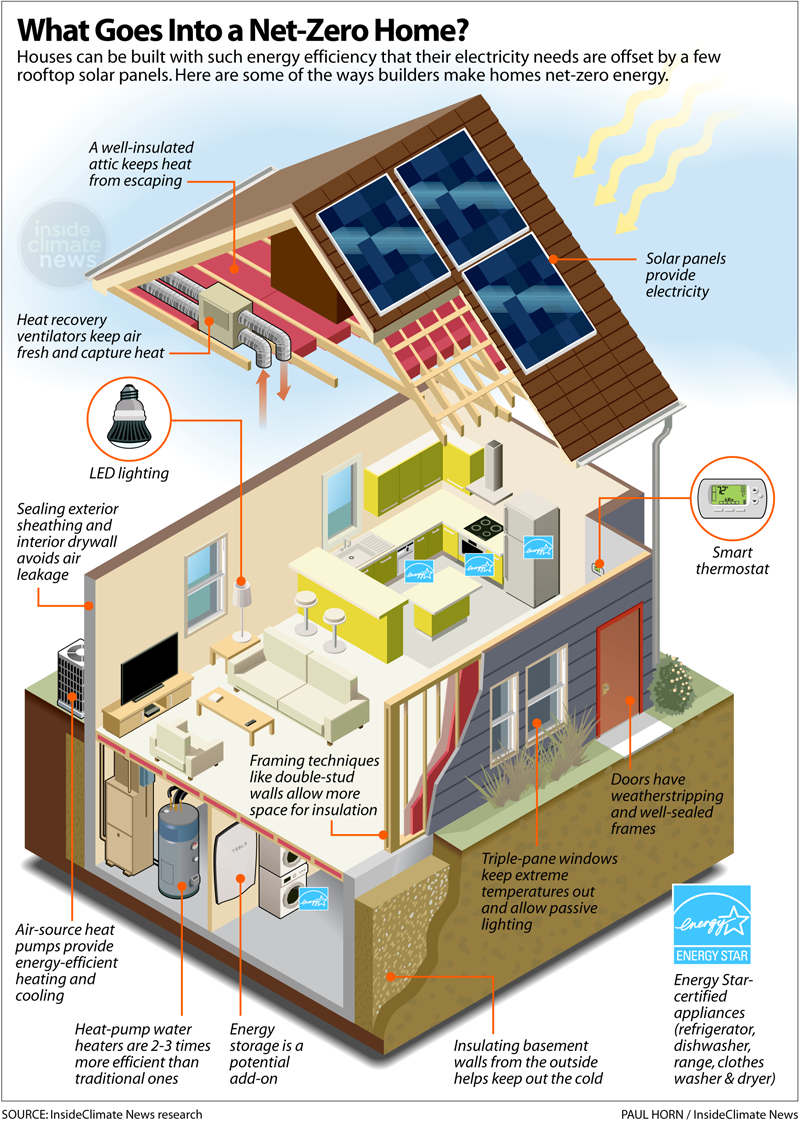
To lower the carbon footprint of your home, consider these suggestions from the Boise Climate Action Plan:
- Use LED lightbulbs instead of incandescent bulbs.
- Wash your clothes in cold water.
- Add or upgrade the insulation in your home.
- Unplug appliances you’re not using.
Transportation:
The average passenger car emits 0.78 lbs of CO2 per mile. With some simple changes to your commute, you can lower or eliminate those greenhouse gases and still get where you want to go.
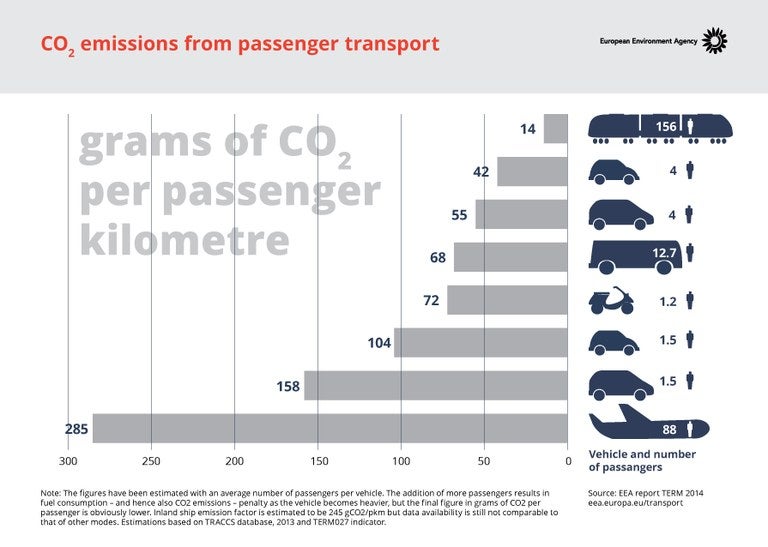
To reduce the carbon output in how you travel, consider the following:
- Keep your car tires properly inflated to increase fuel efficiency.
- Carpool with neighbors or coworkers to lower the number of cars on the road.
- Use public transportation to take advantage of travel that’s already happening.
- Arrange to work from home to avoid commuting at all.
- If you live close to the office, walk or ride a bicycle to work.
You can also help pull excess greenhouse gases out of the atmosphere by planting gardens, trees, and other ground covering plants around your home. These will help keep your house cool with shade and respiration while also locking away carbon dioxide.
Community Changes

Climate change is a daunting reality, but you don’t have to face it alone. Public opinion in favor of decisive, widespread action has never been higher, with a majority people calling for national and local governments to do more. This is translating to more activism and action on the ground, and success stories across the globe can serve as roadmaps for how to make change happen in your area.
Consider the following steps you can take to help promote community action:
- Local climate change activist groups such as the Idaho Conservation League or the Conservation Voters for Idaho can help you get informed and involved in the initiatives close to home. Subscribe to their newsletters, or follow them on social media.
- Engage with local leaders and promote climate action plans in your community. Boise has recently committed to being carbon neutral by 2050, and other cities in Idaho could follow suit. You can read the plan for yourself here.
- Changes in local agriculture can help pull carbon dioxide out of the atmosphere and store it in the ground. Several Treasure Valley farmers are experimenting with the process, and you can listen to their advice and insights here.
- Idaho offers several incentives for homeowners who want to install solar power, including tax credits, loans, and net metering. You can learn more about state and federal programs to enable installing solar panels here.
- Vote for local leaders who prioritize environmental readiness.
Additional Information
Additional Information
- What Climate Change Means for Idaho
- Tackling Climate Change in Idaho
- Examining the Scientific Consensus on Climate Change
Sources
- Vital Signs of the Planet: Global Temperature | NASA
- Fifth National Climate Assessment | GlobalChange.gov
- What’s Happening & Why | GlobalChange.gov
- AR5 Climate Change Synthesis Report 2014 | IPCC
- State Climate Summaries 2019 – Idaho | NOAA NCICS
- Effects of Heat – Climate and Human Health | NIH
- What Climate Change Means for Idaho | EPA
- Silent calamity: The health impacts of wildfire smoke | Yale Climate Connections
- Impact of anthropogenic climate change on wildfire across western US forests | Abatzoglou & Williams, 2016
- Mitigation and Adaptation | Solutions – Climate Change: Vital Signs of the Planet | NASA
- Carbon Footprint Factsheet | Center for Sustainable Systems
- Meat Eater’s Guide to Climate Change & Health – Lifecycle Assessments: Methodology and Results | Environmental Working Group
- Two-Thirds of Americans Think Government Should Do More on Climate | Pew Research Group
- World’s largest survey of public opinion on climate change: a majority of people call for wide-ranging action | UNDP
Written by Caleb Tidwell, with special thanks to Dr. Brittany Brand and Dr. Carson MacPherson-Krutsky. Edited by John Bumgardner from NOAA.